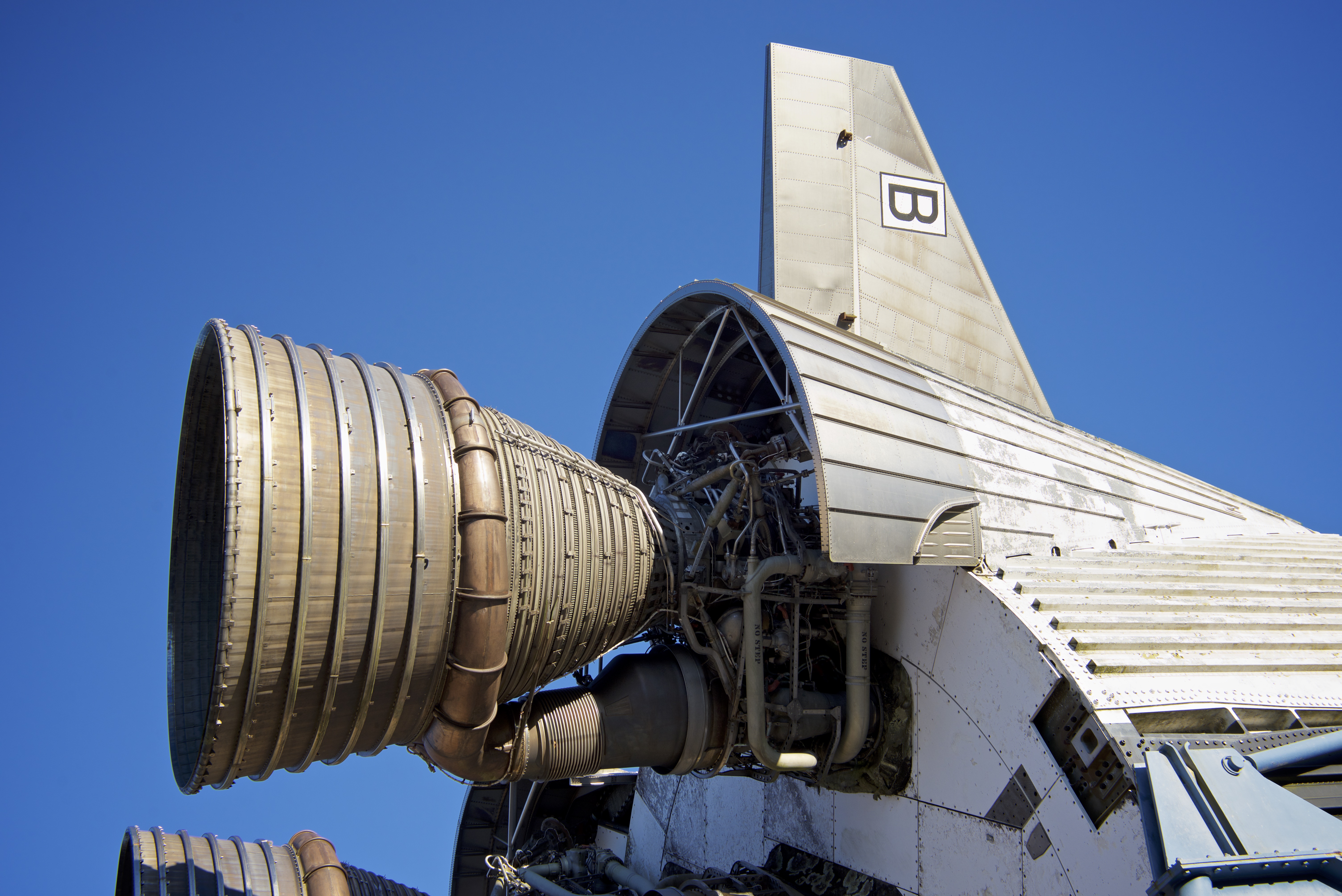
On Friday, June 7th, the Division of Research’s communication team visited NASA to discuss everything from space flight to social media. The goal was to find out how NASA maintains interest in all the activities and events they are constantly working on. The DOR’s communication team sought to reveal NASA’s methods for continuing to successfully engage the public.
“Sometimes it’s hard to get your audience to listen because they go, ‘why should I care?’ So we work hard to try to determine applications for these (scientific advancements) both here on earth and for exploration that we think makes it relevant not only to folks on earth but the future of humanity,” explained David Brady, the assistant program scientist for the International Space Station (ISS).
Brady expounded that because the sciences are constantly changing, it’s easier to keep the public’s interest since there’s always something new happening. In fact, an enthused engineer, Ernest Lewis, showed the communication team a gigantic, two-story gun designed to pierce thick layers of metal with ease. He also showed the team a recreation of Mars’s atmosphere.
These are just a few examples of NASA’s ever changing landscape. Something’s always happening.
“It’s really such an exciting time at NASA. Science is an ever-evolving pursuit. You’re always going to have new experiments. Then we have NASA’s 50th anniversary coming up and the continued expansion and commercialization of Low-Earth Orbit,” Brady added.
Low-Earth Orbit (LEO) is the area of the orbit closest to the earth. This is where it’s most convenient for crews to communicate with ground control, resupply fuel, and travel to. It is also now an area of great economic interest. The future of LEO sees companies like Amazon or Virgin Mobile looking to launch satellites from this area to provide stronger internet connections. NASA has expanded Lower-Earth Orbit to hold a bigger human presence, as Congress declared the commercialization of LEO to be of national and economic security interest to the country.
Keep an eye out for the DOR’s communication team’s fall 2019 issue of The Big Idea Magazine, which will cover this insightful, captivating interview with much more depth.